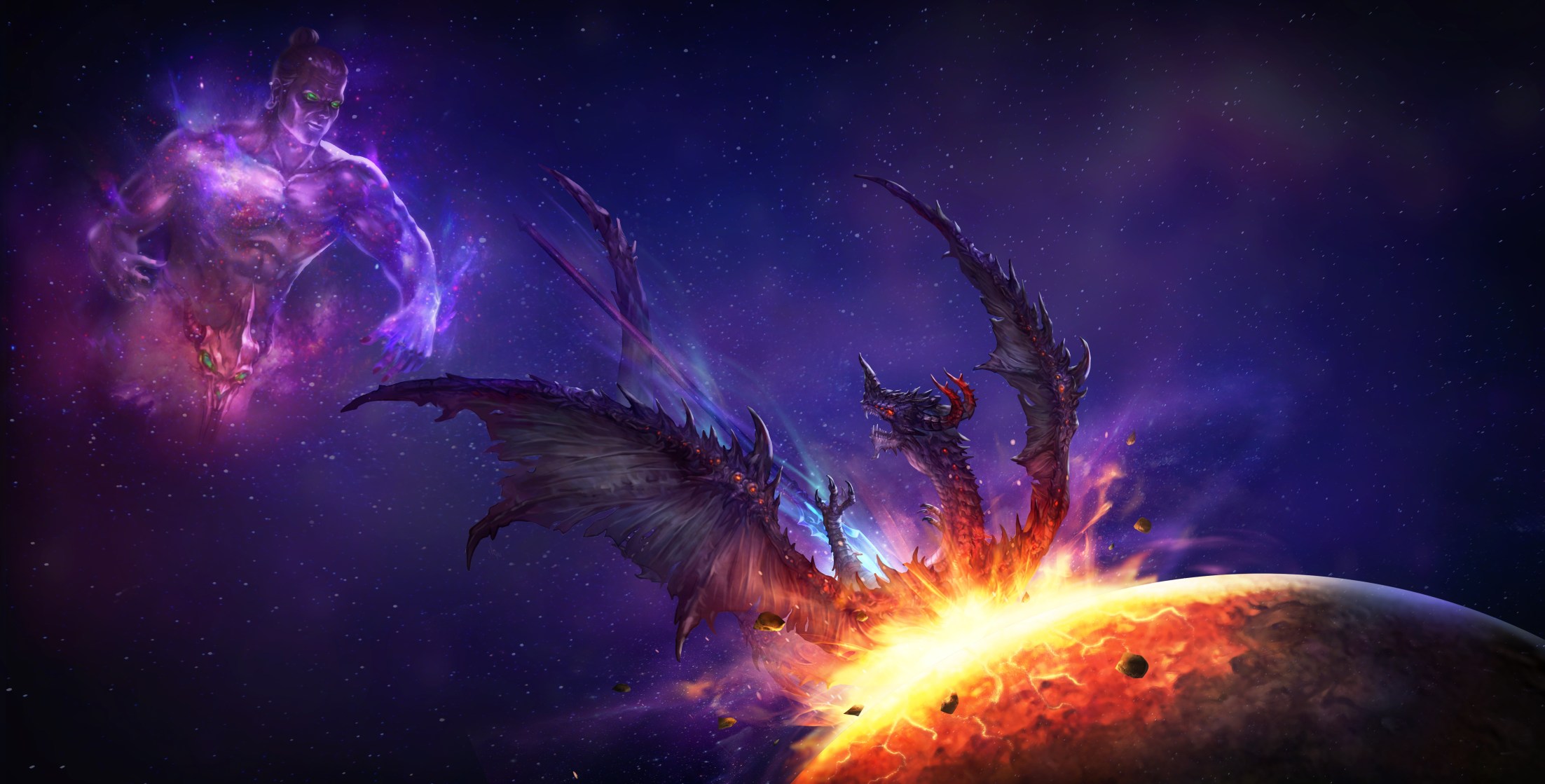Basic Combat Rules
Combat is a frequent occurrence in the Magitech Chronicles. Frequent enough that this chapter is the primary reason why I chose to write my own system rather than adapt one of the more popular ones.
Combat is important in an RPG, but if you aren’t careful it can take over your game. You can find your sessions devolving into fifteen minute bridge scenes connecting three hour combats, and that’s no fun for most players or GMs. At least, it isn't fun for me, or the people I play with.
With that in mind we’ve created a simple combat system. Many areas, such as specific modifiers, are left up to the GM so that it can be arbitrated on the fly rather than spending 20 minutes hunting down a rule. We give you the basics, and let you take it from there.
Cut hit points by 50%.
Lower all defenses by 1, minimum 1.
Lower armor and resistance by 2.
Lower all dice pools by 3.
Sometimes, though, your party has the opposite problem. What if they wreck everything you throw at them? What if you have nine players, and they're all geared for combat? Use the greater template, and add more demons.
Greater Template
Increase hit points by 50%.
Increase all defenses by 1.
Raise armor and resistance by 2.
Raise all dice pools by 3.
-
Running Combat
Magitech Chronicles combat is broken into rounds, with each character acting according to their initiative score. Each character has two actions, though different powers and abilities can provide more. Characters with a higher initiative act first, and the initiative order continues sequentially until all characters have exhausted their actions, or passed. The round finishes, and the next one begins, until combat ends. Combat Overview- Roll Combat Initiative. This lasts the entire fight.
- Begin with the highest initiative. The acting character may move, attack, sprint or use both of their actions in a gamemaster-approved way.
- Proceed to the next highest character on the list, and repeat step 2 until you reach the end of the round.
- Begin the next round.
- Reduced visibility(cover)- +2 ranged difficulty
- Blinded- +4 difficulty all attacks
- Prone- +2 difficulty and requires action to stand
- Sickened- +1 difficulty per level of severity
- Beyond normal range- +2 difficulty per range increment


Comments